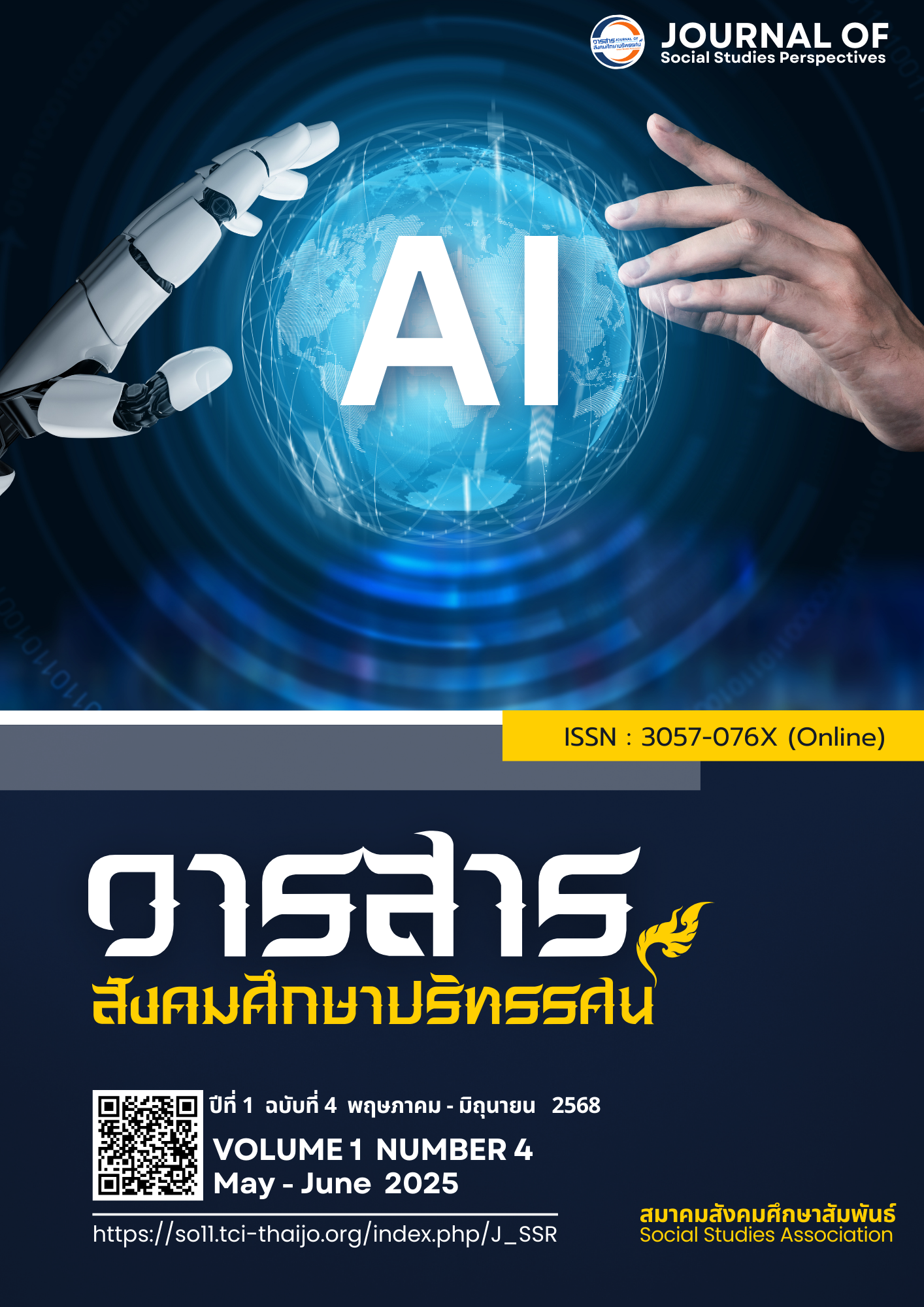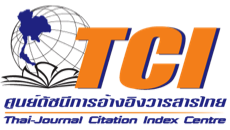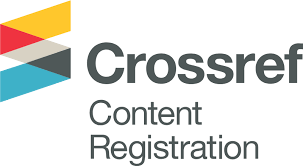การประเมินความต้องการจำเป็นและแนวทางการพัฒนาทักษะ การคิดเชิงสัญลักษณ์ของนักเรียนชั้นอนุบาลปีที่ 2
DOI:
https://doi.org/10.64186/jsp1500คำสำคัญ:
การคิดเชิงสัญลักษณ์, การประเมินความต้องการจำเป็น, การจัดประสบการณ์การเรียนรู้บทคัดย่อ
บทความวิจัยนี้มีวัตถุประสงค์เพื่อ 1) ศึกษาสภาพที่เป็นจริง สภาพที่ควรจะเป็น และจัดลำดับความต้องการจำเป็นในแนวทางการพัฒนาทักษะการคิดเชิงสัญลักษณ์ของนักเรียนชั้นอนุบาลปีที่ 2 2) ศึกษาปัญหาและข้อจำกัดในการพัฒนาทักษะการคิดเชิงสัญลักษณ์ และ 3) เสนอแนะแนวทางในการพัฒนาทักษะดังกล่าว ใช้การวิจัยแบบผสมผสานเชิงอธิบาย แบ่งการดำเนินการวิจัยเป็น 3 ขั้นตอน ได้แก่ 1) การศึกษาความต้องการจำเป็นด้วยการเก็บข้อมูลจากครูปฐมวัยจำนวน 30 คน ที่คัดเลือกโดยวิธีการสุ่มตัวอย่างแบบหลายขั้นตอนผ่านแบบประเมินความต้องการจำเป็น 2) การศึกษาปัญหาและข้อจำกัดด้วยการสัมภาษณ์เชิงลึกครูจำนวน 10 คน ที่คัดเลือกแบบเจาะจง ด้วยแบบสัมภาษณ์กึ่งโครงสร้าง และ 3) การเสนอแนะแนวทางในการพัฒนาทักษะการคิดเชิงสัญลักษณ์ ผ่านการสนทนากลุ่มกับผู้เชี่ยวชาญด้านการศึกษาปฐมวัยจำนวน 5 คน วิเคราะห์ข้อมูลเชิงปริมาณด้วยค่าเฉลี่ย ส่วนเบี่ยงเบนมาตรฐาน และดัชนีความต้องการจำเป็น (PNImodified) และวิเคราะห์ข้อมูลเชิงคุณภาพด้วยการวิเคราะห์เนื้อหา (Content Analysis)
ผลการวิจัยพบว่า ด้านการแทนค่าความหมายของสัญลักษณ์มีค่าดัชนี PNImodified สูงสุด (0.27) รองลงมาคือด้านการจำแนกประเภท (0.24) และด้านการจัดลำดับ (0.21) แนวทางการพัฒนาที่เสนอ ได้แก่ การจัดกิจกรรมที่เชื่อมโยงกับชีวิตประจำวัน เช่น การเล่าเรื่อง การเล่นเกม การทดลอง และการจัดกิจกรรมที่เน้นให้นักเรียนได้แก้ปัญหาด้วยตนเอง ซึ่งช่วยพัฒนาการคิดเชิงสัญลักษณ์ ผู้เชี่ยวชาญยังเสนอให้สนับสนุนทรัพยากรการเรียนรู้ เช่น การ์ดเกม ตลอดจนการจัดอบรมเพื่อพัฒนาศักยภาพครูให้สามารถออกแบบกิจกรรมที่เหมาะสมกับบริบทของเด็ก การวิจัยนี้เติมเต็มช่องว่างในการพัฒนาทักษะการคิดเชิงสัญลักษณ์ พร้อมทั้งแนวทางการพัฒนาที่ครอบคลุมและใช้ได้จริงในบริบทโรงเรียน ซึ่งจะช่วยพัฒนาการสอนในระดับปฐมวัยได้
เอกสารอ้างอิง
Auanin, K., Phengsawat, W., & Pheasa, A. (2024). A needs assessment for promoting analytical
thinking skills of early childhood children in schools under Primary Educational Service Area Office 1 Sakon Nakhon. Journal of Graduate School Sakon Nakhon Rajabhat University, 21(95), 54–64.
https://so02.tci-thaijo.org/index.php/SNGSJ/article/view/266014
Awanis, A., Nur Ramadhani, A., & Ines Prabandari, F. (2025). Determinants of Flat Foot
Incidence on Early Childhood Posture. FISIO MU: Physiotherapy Evidences, 6(1), 8–13.
https://doi.org/10.23917/fisiomu.v6i1.7138
Bahena, R., Kilag, O. K., Andrin, G., Diano, Jr., F., Unabia, R., & Valle, J. (2024). From method to
equity: Rethinking mathematics assessment policies in education. Excellencia: International Multi-Disciplinary Journal of Education, 2(1), 121–132.
https://multijournals.org/index.php/excellencia-imje/article/view/281
Creswell, J. W., & Plano Clark, V. L. (2018). Designing and conducting mixed methods research
(3rd ed.). London: SAGE Publications.
Dewi Saputri, I., & Purnama, S. (2024). Implementation of magic box media for early
childhood symbolic thinking. Journal of Childhood Development, 4(2), 434–440.
https://doi.org/10.25217/jcd.v4i2.5081
Elek, C., Page, J., & Eadie, P. (2025). Coaching for early childhood educators: Exploring
pathways of learning and change. Journal of Early Childhood Teacher Education, 46(1), 1–29. https://doi.org/10.1080/10901027.2024.2439879
Gao, H., Yang, W., & Jiang, Y. (2023). Computational thinking in early childhood is underpinned
by sequencing ability and self-regulation: A cross-sectional study. Education and
Information Technologies, 28(11), 14747–14765.
https://doi.org/10.1007/s10639-023-11787-5
Kaosim, J., Suksup, W., Chairattakal, A., Boopasiri, P., & Thipmongkol, S. (2021). The
development of problem-solving ability of the early childhood student by
cooperative art activities feature through the storytelling. NEU Academic and Research Journal, 11(1), 1–13.
https://so06.tci-thaijo.org/index.php/ubonreseva/article/view/251043
Kaosim, J., & Wijakkanalan, S. (2024). Executive functions foundations of early childhood
development in the 21st century. Journal of Roi Kaensarn Academi, 9(7), 964–980.
https://so02.tci-thaijo.org/index.php/JRKSA/article/view/268737
Kaufman, R., Oakley-Browne, H., Watkins, R., & Leigh, D. (2003). Strategic planning for success:
Aligning people, performance, and payoffs. Jossey-Bass; Pfeiffer.
Khamhangphon, M., & Phusing, S. (2024). The program to develop teachers’ capacity in the
management of creativity-based in schools under the Khonkaen primary education service area office 1. Journal of Setthawit Review, 4(2), 257–270.
https://so02.tci-thaijo.org/index.php/Pitchayatat/article/view/24085
Khathippatee, Y. (2024). An Exploring of Upper Primary Level Students’ Democratic in
Mathematics Classroom Using Open Approach. In Mitranun C. (Ed.), Proceedings of
The 9th Srinakharinwirot University National Conference on Education.
(pp. 167 – 184). Bangkok: Faculty of Education Srinakharinwirot University.
Lund L, Ross L, Petersen MA, Blach A, Rosted E, Bollig G, Juhl GI, Farholt HB, Winther H,
Laursen L, Hasse M, Weensgaard S, Guldin MB, Ewing G, Grande G, Groenvold M. (2024). Effect of the carer support needs assessment tool intervention (CSNAT-I) in the Danish specialised palliative care setting: A stepped-wedge cluster randomised controlled trial. BMJ Supportive & Palliative Care, 14(1), 772–783.
doi: 10.1136/bmjspcare-2020-002467.
Ministry of Education. (2017). Early Childhood Education Curriculum, B.E. 2560 (2017). Office
of Academic Affairs and Educational Standards: Ministry of Education.
Nonthamand, N. (2023). Needs assessment of teachers’ instructional video production ability.
Journal of Education Studies, 51(2), EDUCU5102003.
https://doi.org/10.14456/educu.2023.12
Piaget, J. (1952). The Origins of Intelligence in Children. New York, NY: W.W. Norton & Co.
Pichayapimonmat, P., & Wangthanomsak, M. (2024). Office of the education council’s role in
the sustainable national early childhood development. Journal of Social Studies Perspectives, 1(1), 115–126.
https://so11.tci-thaijo.org/index.php/J_SSR/article/view/1062
Porto, A. (2023). The picture theory of symbolic development in early childhood.
Theory & Psychology, 33(6), 814–834. https://doi.org/10.1177/09593543231192973
Promwong, S. (2024). The model of area-based school management under Khon Kaen
primary educational service area office 1. Panya, 31(3), 15–24.
https://so06.tci-thaijo.org/index.php/panya-thjo/article/view/277760
Ramdhani, F. G., & Dea, L. F. (2021). Cognitive development (symbolic thinking) of early
childhood through the innovation of bowling media. Journal of Childhood Development, 1(2), 102–115. https://doi.org/10.25217/jcd.v1i2.1837
Raksakhen, S., & Nakhunsong, T. (2024). Guidelines for developing learning management
competencies of early childhood teachers in child development centers under Khon Kaen provincial administrative organization. Journal of Academic and Research Northeast University, 14(2), 107–120.
https://so06.tci-thaijo.org/index.php/jomld/article/view/257370
Rizky, A., & Prahani, B. K. (2024). Profiling students’ critical thinking skills and the
implementation of problem-based learning using innovative digital modules on static fluid concepts. Advances in Mobile Learning Educational Research, 5(1), 1254–1261.
https://doi.org/10.25082/AMLER.2025.01.002
Sajjaphattanakul, A., & Sajjaphatthanakul, A. (2024). Promoting young children digital
intelligence by role of parental mediation in child development center in Kamphaeng Phet Province. Journal of Social Studies Perspectives, 1(1), 1–15.
https://so11.tci-thaijo.org/index.php/J_SSR/article/view/1059
Saxena, A., Lo, C. K., Hew, K. F., & Wong, G. K. W. (2020). Designing unplugged and plugged
activities to cultivate computational thinking: An exploratory study in early childhood education. The Asia-Pacific Education Researcher, 29(1), 55–66.
https://doi.org/10.1007/s40299-019-00478-w
Simpson, A., Borowski, R., Colquhoun, A., & Hu, Z. (2024). Unplugged: Planting and growing
the seed of replacement in four-year-old children. Early Childhood Education Journal, 53(1). https://doi.org/10.1007/s10643-024-01746-1
Tavakol, M., & Dennick, R. (2011). Making sense of Cronbach's alpha. International Journal of
Medical Education, 2(1), 53–55.
Wathoni, H., Suparmiati, S., & Rosliana, R. (2024). The efforts to improve initial numeracy skills
through the use of snakes and ladders game media in early childhood. Jurnal Scientia, 13(01), 285–297. https://doi.org/10.58471/scientia.v13i01.2201
Wongwanich, S. (2019). Needs assessment research (4th ed.). Bangkok: Chulalongkorn
University Press.
ดาวน์โหลด
เผยแพร่แล้ว
รูปแบบการอ้างอิง
สัญญาอนุญาต
ลิขสิทธิ์ (c) 2025 วารสารสังคมศึกษาปริทรรศน์

อนุญาตภายใต้เงื่อนไข Creative Commons Attribution-NonCommercial-NoDerivatives 4.0 International License.
บทความนี้ได้รับการเผยแพร่ภายใต้สัญญาอนุญาต Creative Commons Attribution-NonCommercial-NoDerivatives 4.0 International (CC BY-NC-ND 4.0) ซึ่งอนุญาตให้ผู้อื่นสามารถแชร์บทความได้โดยให้เครดิตผู้เขียนและห้ามนำไปใช้เพื่อการค้าหรือดัดแปลง หากต้องการใช้งานซ้ำในลักษณะอื่น ๆ หรือการเผยแพร่ซ้ำ จำเป็นต้องได้รับอนุญาตจากวารสาร










